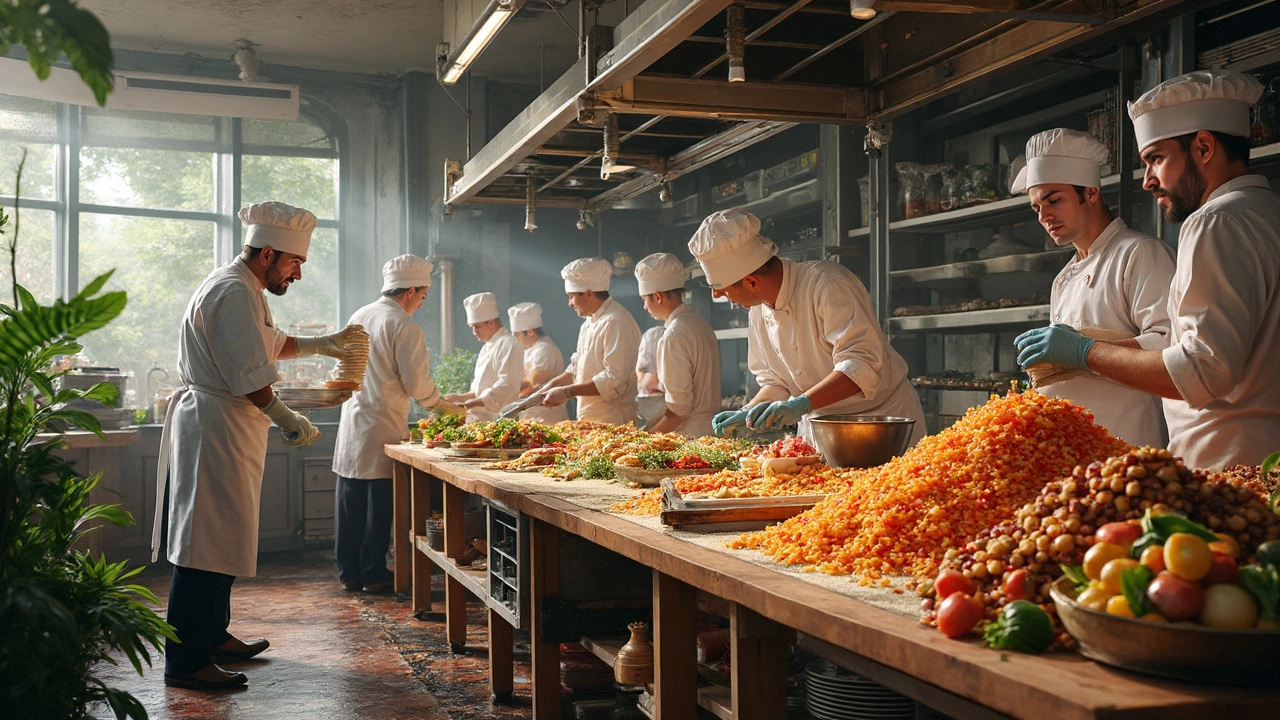
Leftover Food Tips: Store, Reheat, & Turn Extras into Meals
Got a half‑cooked roast or a bowl of pasta that didn’t disappear? You’re not alone. Most of us end up with extra food at the end of a meal, and that food can either become waste or a quick dinner if you handle it right. Below are easy steps to keep leftovers safe, tasty, and ready to reuse.
Storing leftovers safely
First rule: cool food quickly. Put hot dishes into shallow containers and let them sit for about 20 minutes before popping them in the fridge. This reduces the time bacteria have to grow.
Label each container with the date you stored it. A quick scribble with a marker takes seconds and saves you from guessing later. Most cooked foods stay good for three to four days at 40°F (4°C) or below.
Don’t overpack the fridge. Air needs to circulate so the temperature stays even. If you have a lot of leftovers, spread them out on a tray for a few minutes, then stack them once they’re chilled.
When you freeze, use airtight bags or freezer‑safe containers. Squeeze out as much air as possible; it prevents freezer burn and keeps flavors intact. Portion sizes matter—small bags are easier to defrost and you avoid thawing more than you need.
Creative leftover recipes
Turning leftovers into new meals is a game‑changer for both your wallet and the planet. Leftover roast chicken? Shred it and toss it into a quick soup, salad, or quesadilla. A spoonful of broth, some veggies, and the chicken can become a comforting bowl in minutes.
Stale bread doesn’t have to go to waste. Cube it, drizzle with olive oil, and bake for crunchy croutons—perfect for any soup or salad. If you have a few days’ worth of veggies, blend them into a frittata or stir‑fry. Add a beaten egg, a splash of milk, and season to taste, then cook in a pan for a protein‑packed breakfast.
Rice leftovers are ideal for fried rice. Heat a pan, add a little oil, throw in the cold rice, and scramble in an egg. Toss in soy sauce, frozen peas, and any diced meat you have. In five minutes you’ve turned plain rice into a satisfying dish.
Don’t forget sauces. A half‑finished tomato sauce can become a base for pizza, pasta, or a hearty stew. Just add more broth or water, throw in extra veggies, and let it simmer.
When you’re unsure what to do, ask yourself: what dish does this ingredient belong to? A carrot? Maybe a carrot soup or roasted carrots with a drizzle of honey. A spoonful of cheese? Melt it over baked potatoes or mix it into scrambled eggs.
Finally, keep a “leftover night” on your calendar. Designate one evening a week to use up anything that’s been lingering. This habit prevents a pileup and makes meal planning less stressful.
By cooling food quickly, labeling it, and getting creative with recipes, you’ll cut down on waste, stretch your grocery budget, and enjoy tasty meals without extra effort. So next time you have extra food, remember these simple steps and turn leftovers into something great.
